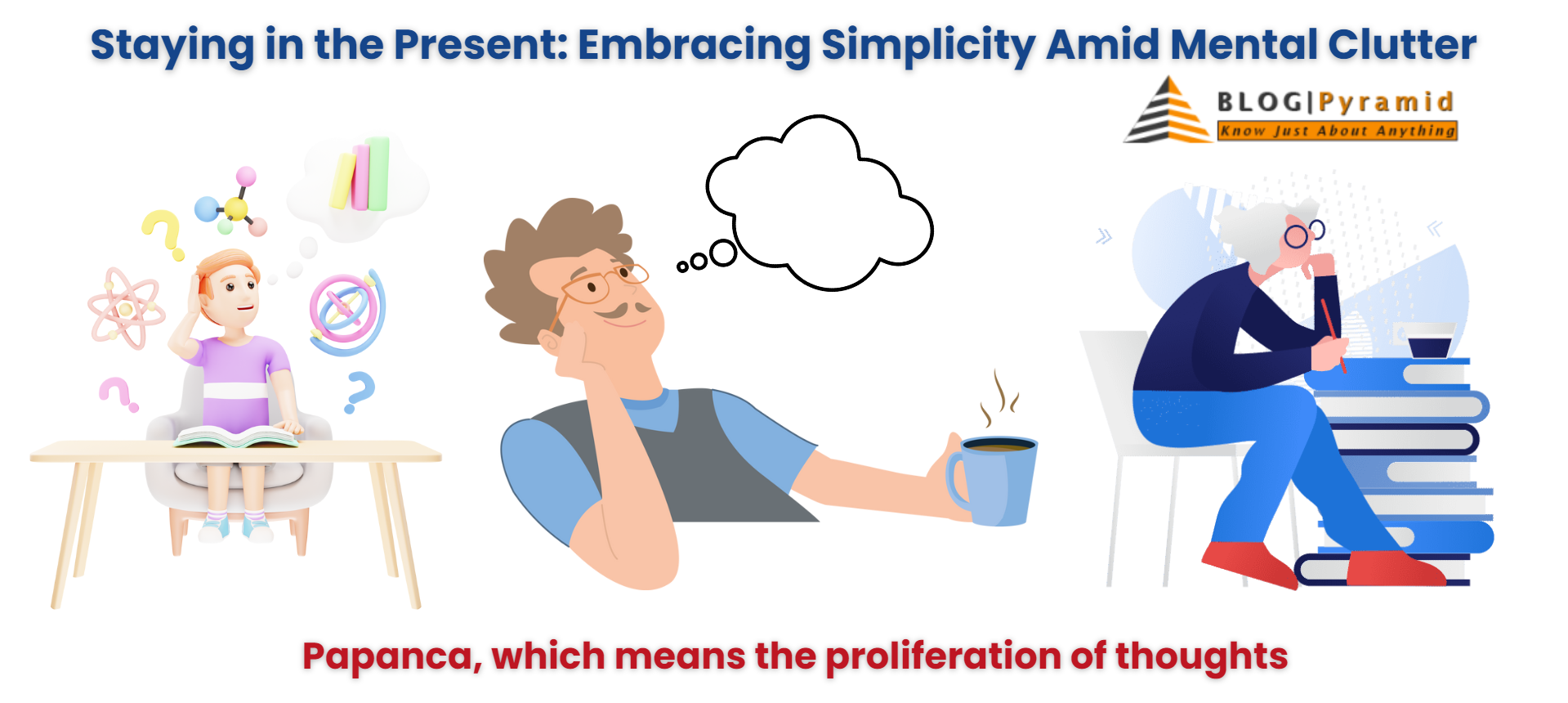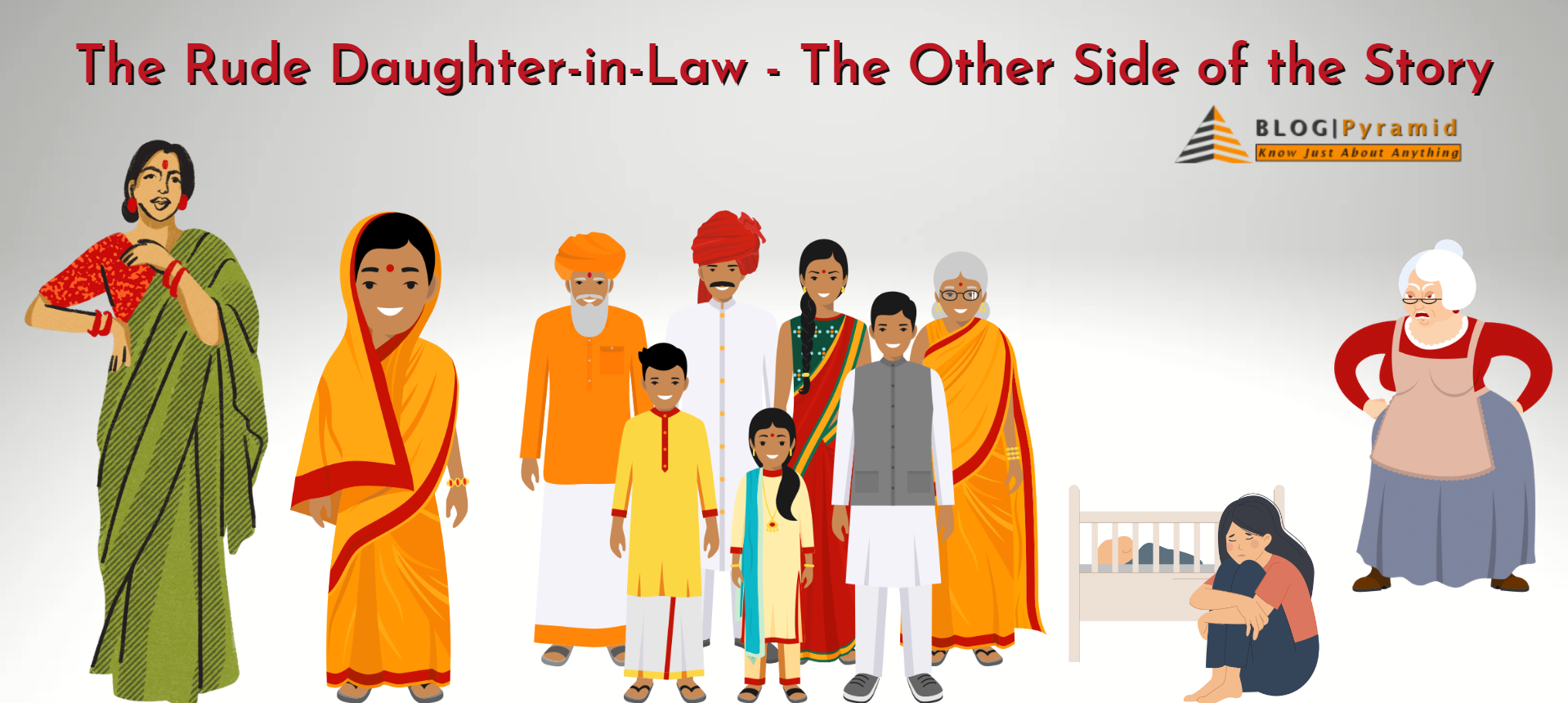In individually published articles, American entrepreneur and software engineer Marc Andreessen, and venture capitalist and LinkedIn co-founder, Reid Hoffman, both discussed the issue of the possibility of e-commerce websites taking over the monopoly of brick-and-mortar stores. Both published papers carefully recorded that virtual stores comprise a meager 5% of the entire retail market, while the other 95% was still dominated by brick-and-mortar stores.
Andreessen stated firmly that e-commerce websites are all set to completely overshadow the importance of physical shops and outlets. However the point that was completely missed was that why particular industries would never go online completely.
Simple surveys conducted on e-commerce sites such as Amazon attests this fact. While the categories of books and iTunes music have recorded much profit by having online purchase options, the clothing industry worth 300 billion dollars has mostly opted for brick-and-mortar stores.
A careful understanding of the local coefficient will help us to deduce this structure better. Local coefficient, commonly abbreviated as L, strives to define and explain how each “local” search category of services and products are normalized on a scale ranging from 0 to 1. Here is the equation that has been used to calculate it:
L= (e+t-s+5)/15, ensuring that each variable ranges between 1 and 5.
e is experiencing the product or service after purchasing it.
t stands for observing and touching the product before purchasing it.
s signifies the substitutes that can be obtained reliable, online sources.
The variables of each category are dependent on the subjective leanings of individuals. For instance, the desirability to physically experience books (e) is only 2 out of 5. This is simply because digital libraries have gained much popularity when compared to the desire of possessing books on one’s bookshelf. There is no overwhelming urge to scrutinize the products before purchasing them, as far as books are concerned (t), and hence the score in this category will not exceed 2 out of 5 as well. Also, the growing number of bookstores closing down is also a pointer to the fact that people prefer other sources (s) like Kindle and Amazon, compared to traditional stalls. With such variables applied to the stated formula, the local coefficient of book stores comes to a 0.27.
Every category has variables that differ according to the specific service requirements of customers. Certain industries like Hotels, Spas, etc have a local coefficient as high as 0.87 and 0.93 respectively, pointing to the customers desire to experience the services tangibly and palpably before deciding on the final monetary transaction that is involved.
Therefore, the services provided by every kind of industry cannot be judged solely by reading blogs and customer reviews. Prospective buyers need to engage with the products and judge their value to make a final decision. As much as e-commerce websites gain dominance in the coming years, the importance of brick-and-mortar stores can never be overcome altogether.







